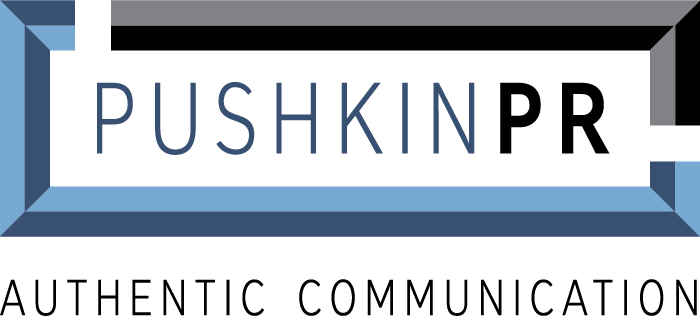
As public relations professionals, we wear a lot of hats. We run branding sessions and work our contacts to get media placements that include our clients’ key messages. We hold trainings on topics from social media management to interviewing skills. We create crisis communications plans and messaging platforms.
But, first and foremost, we are communicators.
No matter the project, our goal is always to help clients communicate more effectively. This is especially important for our healthcare clients who are tasked with delivering complex information to a variety of audiences.
According to the National Assessment of Adult Literacy, only 12 percent of U.S. adults have proficient health literacy.
The Institute of Medicine defines health literacy as “the degree to which individuals have the capacity to obtain, process, and understand basic health information and services needed to make appropriate health decisions.”
Health literacy means being able to
- Navigate and access healthcare systems.
- Understand medication instructions, appointment slips, medical education brochures, doctor’s directions and consent forms.
- Communicate issues, concerns, and preferences to healthcare providers.
- Find reliable health information and services.
- Evaluate information for credibility and quality.
People with lower health literacy rates tend to use more healthcare services, have a greater risk for hospitalization, and use expensive services, like emergency care and inpatient admissions, more often.
While, improving health literacy rates requires a society-wide response, as communicators, we feel compelled to do our part.
We work with our healthcare clients to
- Translate medical and scientific information into patient messages.
- Develop actionable messages that inspire behavior change.
- Frame complex issues for the media, making them digestible and compelling for the public.
- Research the preferences and barriers of target audiences.
- Develop editorial guidelines that ensure content is consistent and accurate.
- Use visual design to create lists, charts and graphs that simplify and enhance the messages.
Sometimes, it’s actually more difficult for experts in their fields to develop patient communications, because they are so well-versed on the topics. It takes time, careful consideration, and research to craft messages that are simple without being simplistic.
Here are some things to consider as you develop patient communications.
Know your audience.
An important step in any effective communications strategy, getting to know your audiences helps you develop messages that will resonate and motivate them to take an action, adhere to instructions, or change their behaviors.
Consider any educational, linguistic, cultural, age, or income barriers that your audience might have. For example, an estimated two-thirds of people over 65 are unable to understand the information given to them about their prescription medications.
Identify the appropriate tone and voice, and then be consistent.
Plain language is not about talking down to your audience or being overly simplistic. The goal is to create messages that are clear enough to be understood the first time.
- Write in an active voice.
- Eliminate jargon. Use words and numbers your audience knows.
- Keep sentences and paragraphs short.
- Delete unnecessary words, sentences, and paragraphs.
- Use “you” and other pronouns.
Identify the purpose of each piece of communication.
This will help you arrange the content, so that the most important message is first and other information is shared in the order of importance (to your audience).
Break the text into logical chunks of information and use headings, lists and text boxes to organize and separate ideas, and use visual elements to increase comprehension.
Measure the clarity of your messages.
It’s important to complete the feedback loop by surveying your audience about how well they understood the message, what type of information is most important to them, and what mediums they prefer.
And when in doubt, give us a call to discuss your healthcare communication needs and how we can help.
